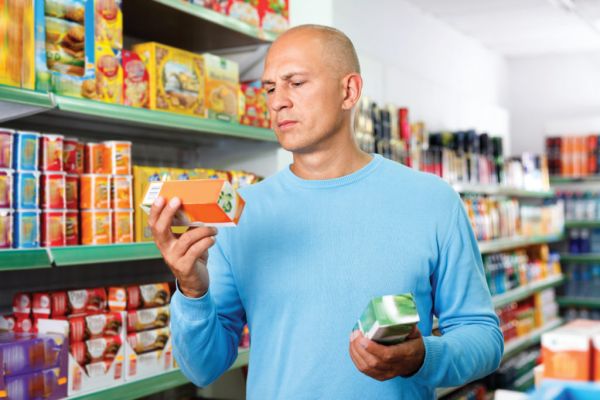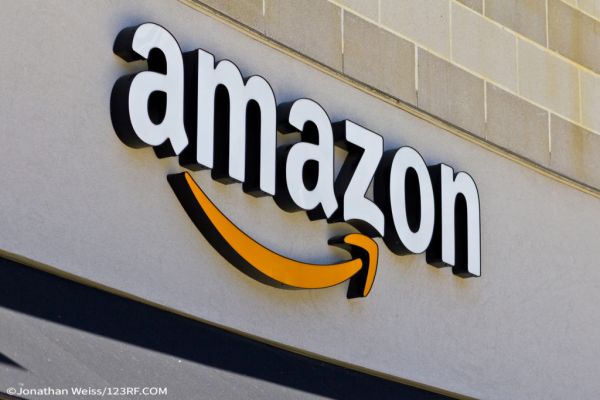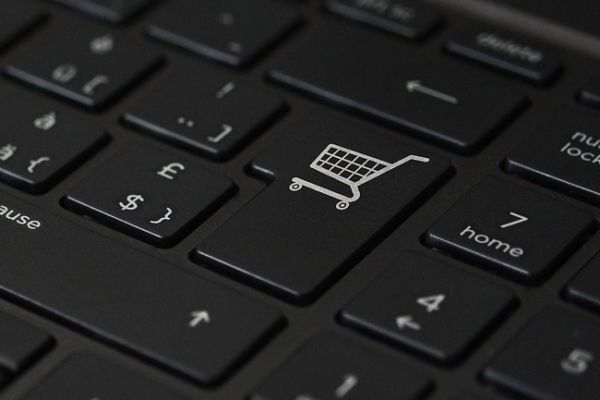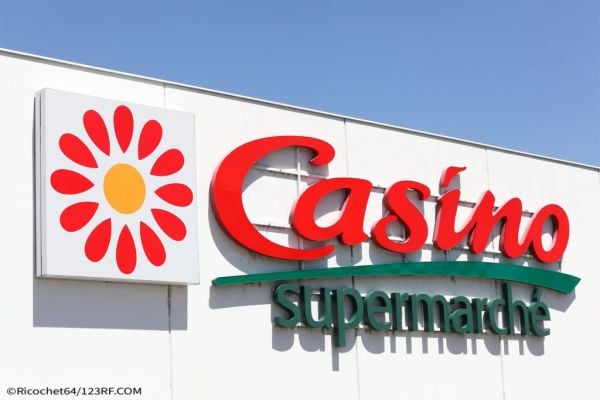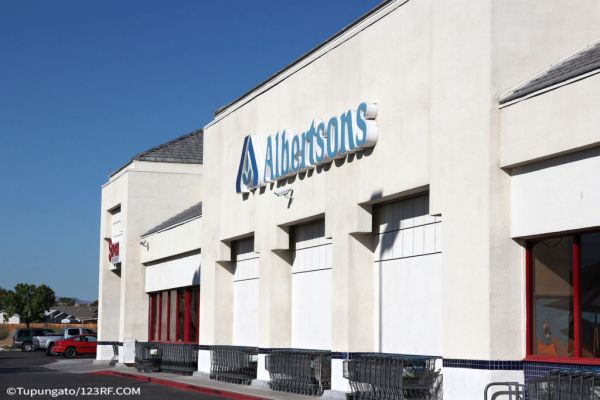Becoming an entrepreneur can be an exciting prospect. Or it can be daunting.
There are a myriad of factors to consider, many things to prepare, and multiple potential pitfalls to fall into.
In this article, ESM will examine research from Shopify, which looks at how to get your product into supermarkets and stores in six straightforward steps.
1. Understand When You Are Ready
The first and golden rule is don’t rush. It is recommended that you have enough product to support both your own sales (e-commerce or otherwise), as well as wholesale sales to retailers.
Likewise, your manufacturing process needs to make financial and logistical sense.
It goes without saying that pricing is vital. If profit margins are small, setting an even lower wholesale price might not be sustainable, unless you can lower costs or increase prices overall.
2. Know What Makes Your Product Unique
Where possible, find a gap in the market. The best entrepreneurs always find a niche in the market to exploit.
Shopify advises that sellers should be well-versed in what makes their products different and be able to recite and 'sell' those differences at a moment’s notice.
3. Perfect Your Pitch
This is very much an area that improves with time and practice. Some people are born to sell, while others have to work hard at it.
The better you know your pitch, the more confident you will be in your presentation, and the better chance you have of selling your product.
Your pitch should include solid information such as what your sales are and current trends in the market... as well as what makes your product unique, of course.
4. Seek Out Potential Distributors
Shopify recommends a number of online wholesale marketplaces where you can list your products for potential distributors to find.
These wholesale marketplaces are particularly advantageous during a time when distributors are looking for more local options, to avoid delays with overseas suppliers, not to mention the current disruption to global supply chains.
5. Consider Trade Shows
Trade shows can be a more traditional way of meeting potential distributors and retailer representatives.
However, it is probably best to attend a trade show, particularly one related to your product segment, before you actually invest in buying a booth.
Trade shows can be expensive, too, so it is important that you are confident that your investment has a high chance of paying off – do your research.
6. Don't Rely On Retail Stores Alone
At the end of the day, you have to believe in yourself and your product, if you want to turn a promising idea into a solid plan of action.
Getting your product into store is just the beginning, not the end of the business journey.
The real work starts after this, with constant engagement with customers on where they can find your product, while also maintaining good relationships with store management.
Keeping your product in demand is your responsibility.
Conclusion
Starting out in business can be overwhelming and stressful. How much should capital should you invest? Who is your target market? Are you VAT registered?
However, like most things in life, the secret is to take the first step and go from there. Good luck!
© 2023 European Supermarket Magazine – your source for the latest retail news. Article by Robert McHugh. Click subscribe to sign up to ESM: European Supermarket Magazine.
